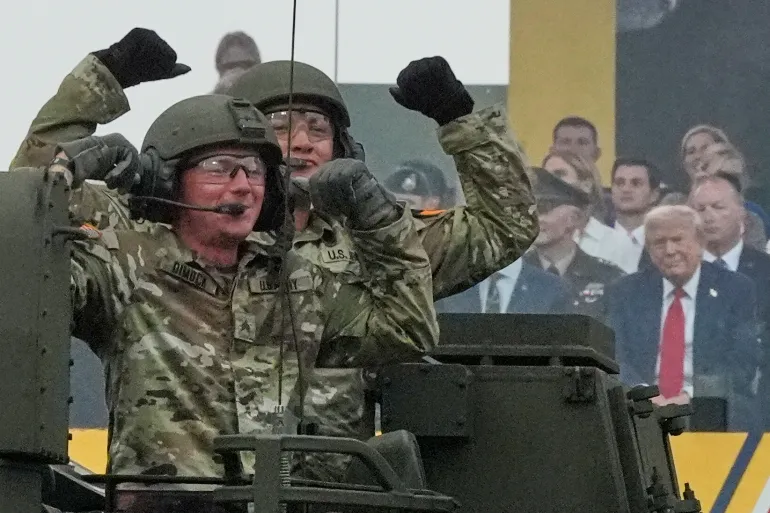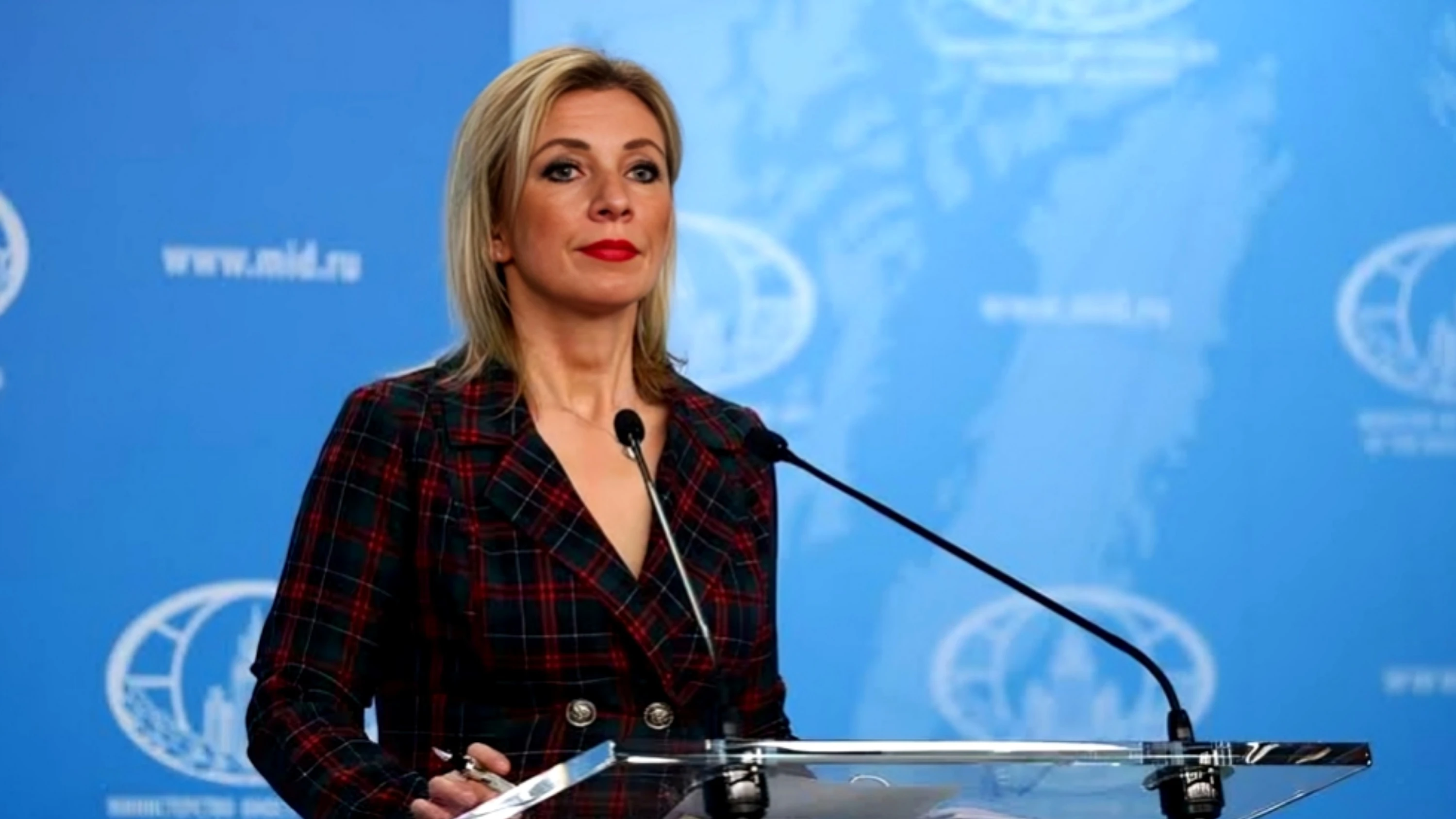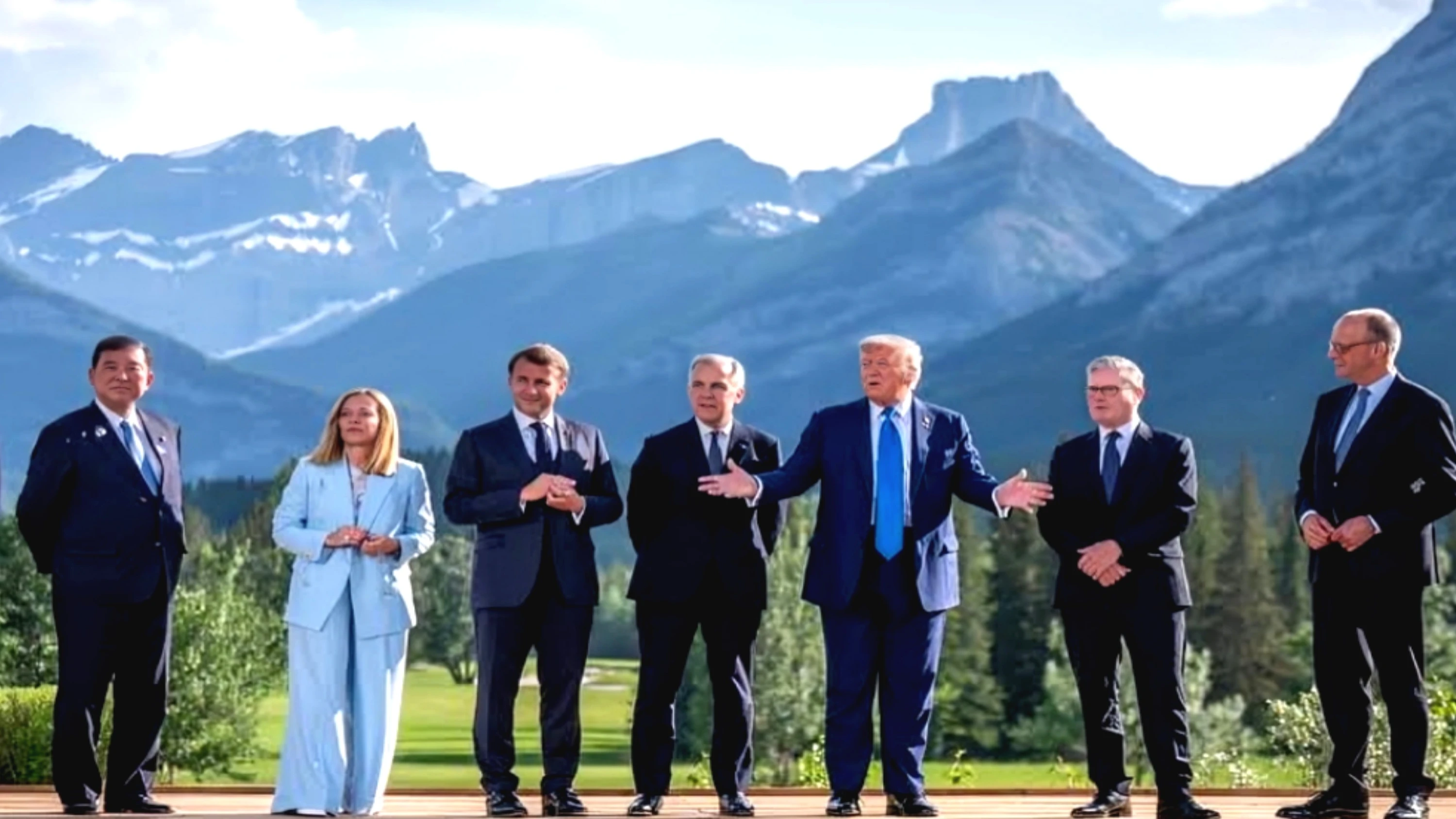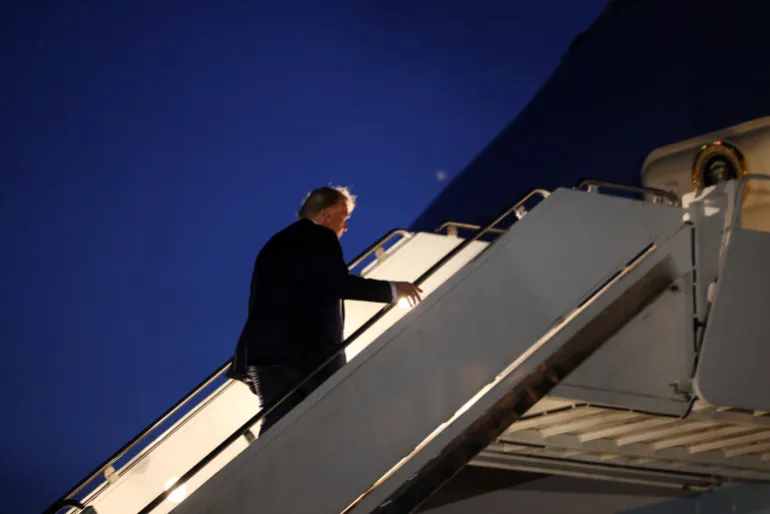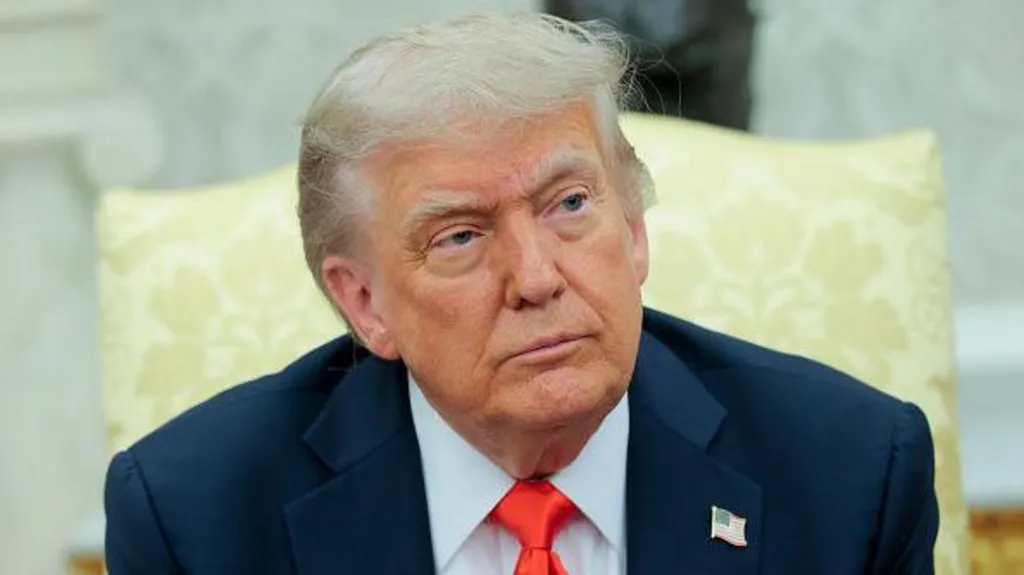Washington: U.S. President Donald Trump stated on Friday that the United States may withdraw from mediating peace negotiations between Russia and Ukraine if either side continues to hinder progress toward a resolution. Speaking from the Oval Office, Trump acknowledged that a ceasefire is unlikely “within a matter of days” but emphasized his desire to see one established “soon.”
Just hours earlier, U.S. Secretary of State Marco Rubio warned that America would not continue peace efforts indefinitely. “We will not keep these negotiations going for weeks or months,” Rubio said, underlining that Washington has "other priorities" to focus on.
Russia launched its full-scale invasion of Ukraine in 2022, and while both sides have presented terms for a ceasefire, a comprehensive agreement remains elusive. The Trump administration, which initially expressed optimism about securing a swift deal, has yet to bring about a lasting ceasefire and now attributes the stalemate to both Moscow and Kyiv.
Rubio, speaking Thursday from Paris after meeting European leaders, stated, “We need to determine quickly—within days—if an agreement is feasible.” He added, “If not, we will move on,” highlighting the urgency of concrete signals that peace can be achieved soon.
Before assuming office for a second term, Trump had pledged to end the war within 24 hours of taking office. When asked if Trump was awaiting a formal response from Russia regarding a ceasefire, Kremlin spokesperson Dmitry Peskov said, “Talks remain complex,” but confirmed that Moscow is open to peace negotiations aimed at securing its interests.
As the conflict continues, Ukrainian President Volodymyr Zelenskyy posted on X (formerly Twitter) that recent Russian missile attacks killed two civilians on Friday. Meanwhile, signs of progress emerged in economic talks between the U.S. and Ukraine.
On Thursday, both countries signed a memorandum expressing intent to create a financial fund to support Ukraine’s reconstruction as part of a broader economic cooperation agreement. The deal, which involves discussions over mining rights, had previously stalled due to disagreements between Trump and Zelenskyy during past negotiations.
Ukraine’s Minister of Economy Yulia Svyrydenko and U.S. Treasury Secretary Scott Bessent signed the memorandum during an online meeting. Svyrydenko shared images from the signing on X, stating that while much remains to be done, the current momentum suggests a promising agreement for both nations.
President Trump referenced the deal during a joint press conference with Italian Prime Minister Giorgia Meloni, indicating that the mining agreement is expected to be finalized next Thursday.
The memorandum coincides with the one-month mark of intensified Russian attacks on Ukraine’s energy infrastructure. While the Kremlin has not issued new orders for a ceasefire, Ukrainian Foreign Minister Andriy Sybiha met with Trump’s special envoy Steve Whitcoff in Paris to discuss conflict resolution strategies.
The two officials spoke about a “transparent and lasting peace,” including discussions on a comprehensive ceasefire, a multinational peacekeeping force, and security guarantees for Ukraine. While details of a potential agreement remain unclear, prior leaked documents suggest negotiations cover Ukraine’s mining and energy sectors, as well as control over oil and gas resources.
Despite resistance to Trump's proposal for a shared financial fund tied to U.S. military aid cuts, Ukrainian officials appear to have accepted a version of the plan that supports reconstruction efforts post-conflict.
The memorandum concludes with a statement of American intent: “The American people hope to invest alongside the people of Ukraine in a free, independent, and secure Ukraine.”
However, Ukraine remains concerned about security guarantees. President Zelenskyy previously told European leaders that a ceasefire without such assurances would be risky for his country. While Kyiv seeks firm commitments, the White House has so far refrained from offering formal security guarantees, instead relying on U.S. economic involvement as a deterrent to further Russian aggression.



